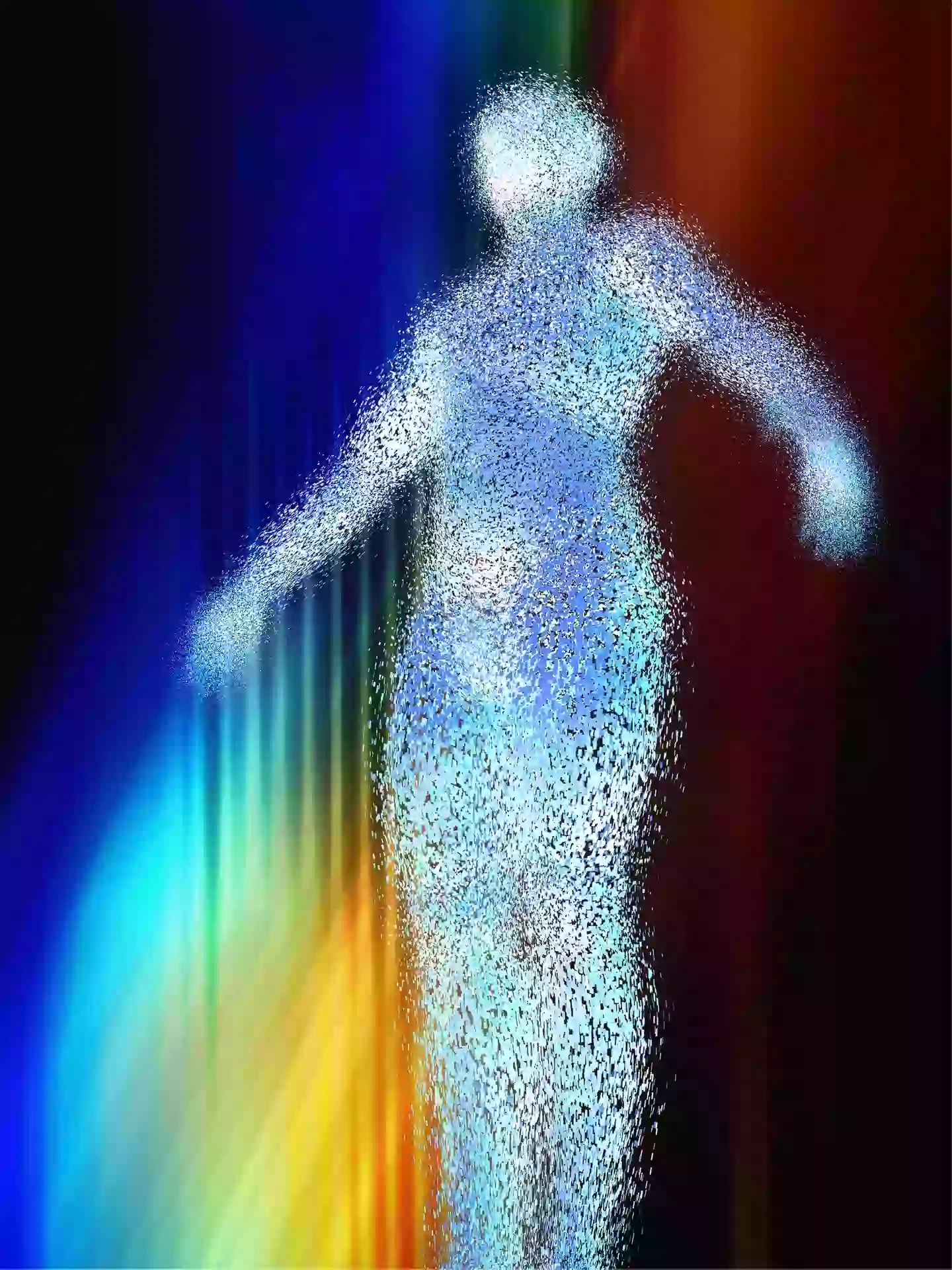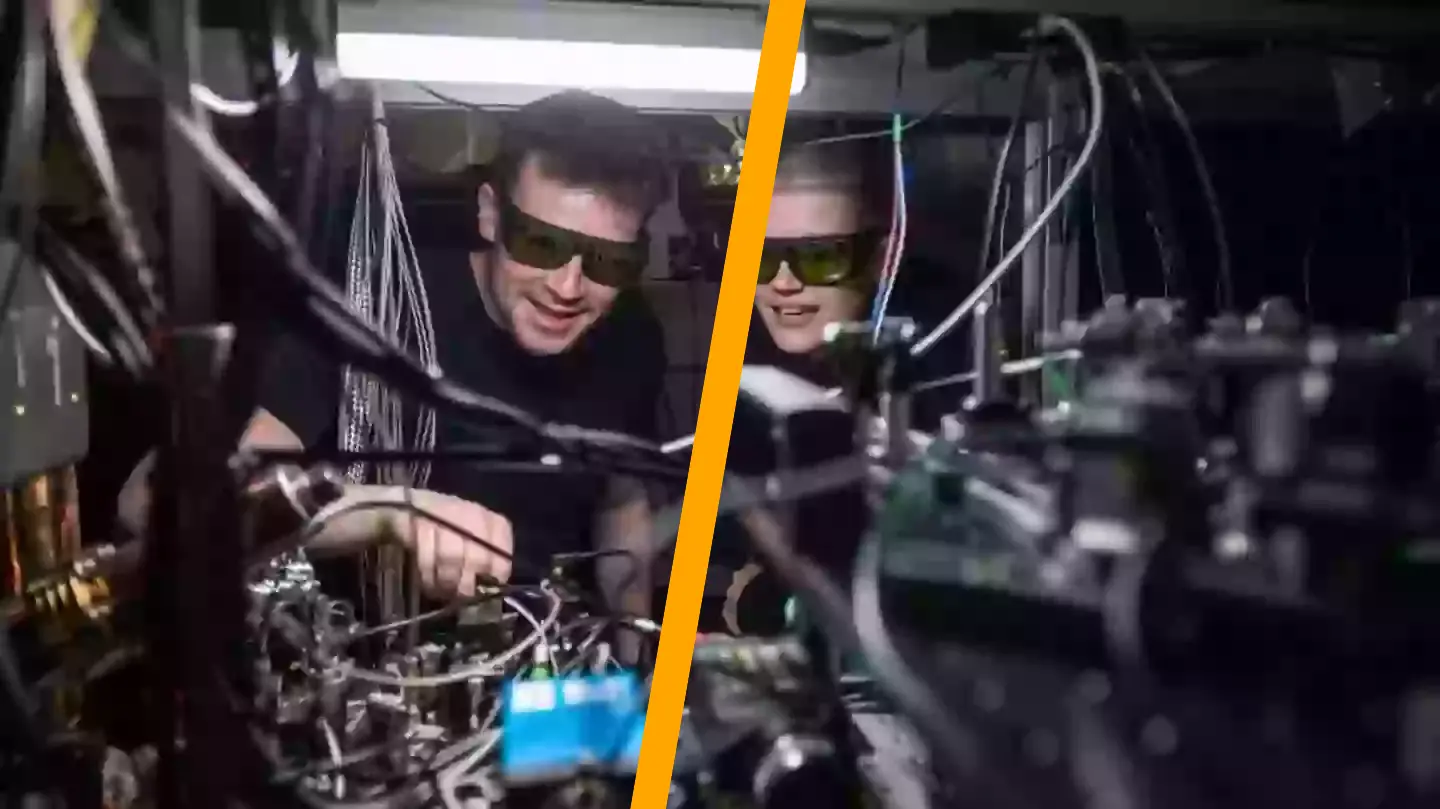Some things in life are certain: everyone eventually dies, grass appears green, and teleportation is typically relegated to the realm of science fiction.
However, the last notion is being challenged after researchers from the University of Oxford in the UK utilized a supercomputer to explore the concept of teleportation.
It sounds like a scene from the Mighty Morphin Power Rangers. Interestingly, it took me 27 years to figure out the actual name of that popular kids’ TV show. But that’s nothing compared to the 138 years it has taken scientists to make teleportation a plausible reality.
So, how did these brilliant minds manage to make such a breakthrough?

They utilized particles of light, known as photons, to achieve physical teleportation between separate devices. It’s crucial to understand that, in this context, what is being transported is data.
Oxford University highlighted this groundbreaking achievement in a media release: “In a milestone that brings quantum computing tangibly closer to large-scale practical use, scientists at Oxford University’s Department of Physics have demonstrated the first instance of distributed quantum computing.
“Using a photonic network interface, they successfully linked two separate quantum processors to form a single, fully connected quantum computer, paving the way to tackling computational challenges previously out of reach. The results have been published in Nature.”
Although quantum computing has been researched for decades, recent technological advances are enabling scientists to unlock its full potential.
The research titled ‘Distributed quantum computing across an optical network link’ detailed how the experiment showcased the distribution of quantum computations between two ‘photonically interconnected trapped-ion modules’.

The modules were positioned about two meters apart, each equipped with ‘dedicated network and circuit qubits’.
“By using heralded remote entanglement between the network qubits, we deterministically teleport a controlled-Z (CZ) gate between two circuit qubits in separate modules, achieving 86% fidelity,” noted the abstract.
The scientists further evaluated the quantum mechanical algorithm database to assess the fidelity of the qubits during the first ‘teleportation’, which resulted in 71 percent fidelity. However, this was not accomplished using photons.
The study elaborates: “As photons can be interfaced with a variety of systems, the versatile DQC [distributed quantum computing] architecture demonstrated here provides a viable pathway towards large-scale quantum computing for a range of physical platforms.”
Professor David Lucas from the UK Quantum Computing and Simulation Hub commented on the findings, stating: “Our experiment demonstrates that network-distributed quantum information processing is feasible with current technology.
“Scaling up quantum computers remains a formidable technical challenge that will likely require new physics insights as well as intensive engineering effort over the coming years.”

